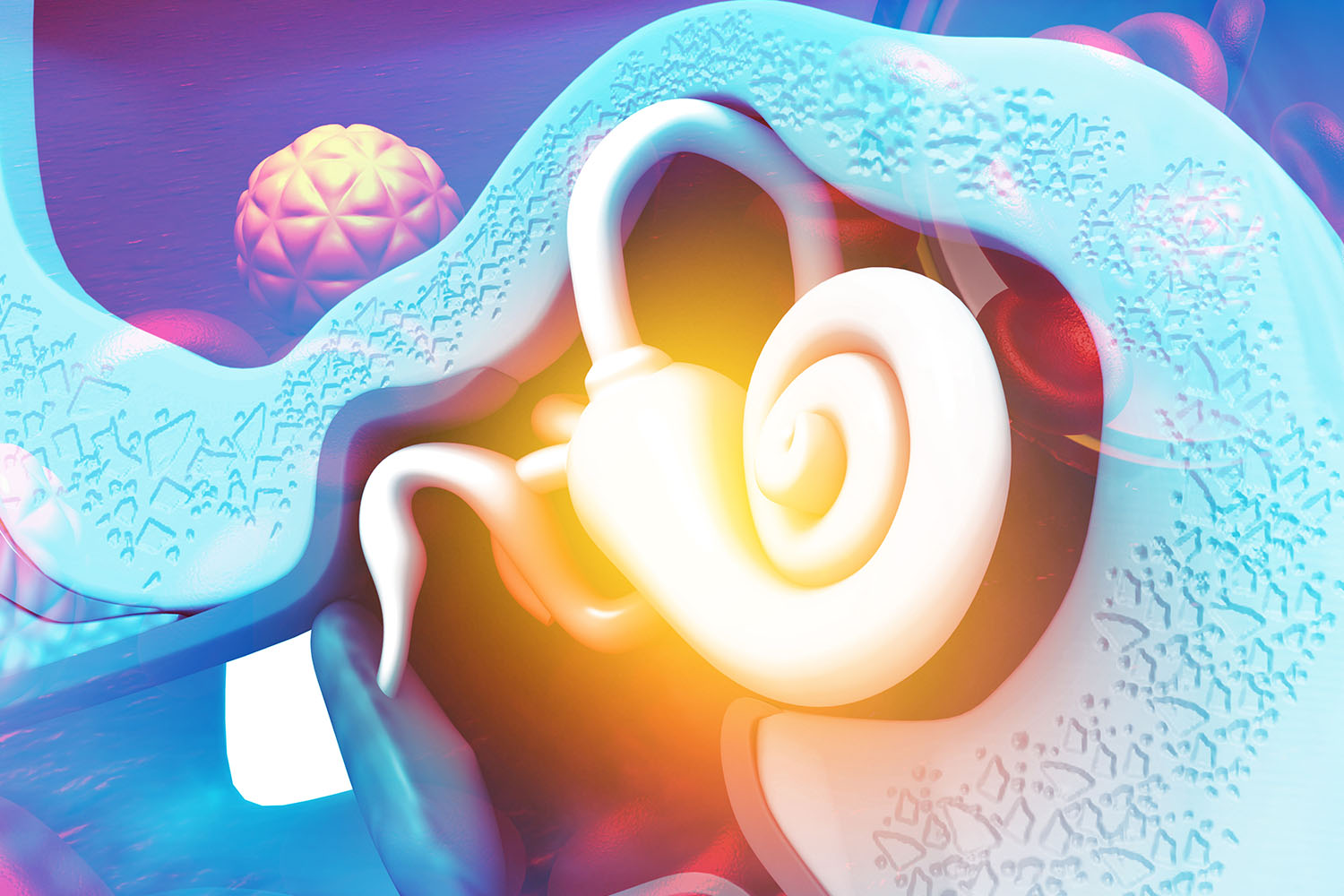Overview
The ear, a remarkable organ responsible for our sense of hearing and balance, is an intricate system that works seamlessly to convert sound waves into signals our brain can understand. By delving into the parts of the ear, we can appreciate the complexity and efficiency of this vital sensory organ. International research has continually enhanced our understanding of the ear’s anatomy and functions, shedding light on how various parts work in harmony.

The Outer Ear: Capturing Sound Waves
A tooth implant, or dental implant, is a surgical component that interfaces with the bone of the jaw to support a dental prosthesis such as a crown, bridge, denture, or facial prosthesis. It acts as a replacement for the root of a missing tooth, providing a strong foundation for permanent or removable replacement teeth that are made to match your natural teeth.
The outer ear, also known as the external ear, consists of the pinna (or auricle) and the ear canal. The pinna, the visible part of the ear, is uniquely shaped to capture sound waves from the environment and funnel them into the ear canal. The ear canal, a narrow passage leading to the eardrum, amplifies these sound waves and directs them towards the middle ear.
International studies, such as those conducted by the University of California, San Francisco, have shown that the outer ear’s shape significantly influences how sound is collected and perceived. This highlights the evolutionary adaptations that have optimized human hearing.
The Middle Ear: Amplifying Sound
The middle ear contains the tympanic membrane (eardrum) and three small bones known as the ossicles: the malleus, incus, and stapes. When sound waves hit the eardrum, it vibrates, causing the ossicles to move. This movement amplifies the sound waves and transmits them to the inner ear.
Research from institutions like the Karolinska Institute in Sweden emphasizes the importance of the ossicles in sound amplification. Their studies have provided insights into how malfunctions in these parts of the ear can lead to hearing loss, underscoring the delicate balance required for optimal hearing.
The Inner Ear: Converting Sound Waves to Electrical Signals
The inner ear, or cochlea, is a spiral-shaped organ filled with fluid and tiny hair cells. When the amplified sound waves reach the cochlea, they create waves in the fluid, causing the hair cells to move. This movement generates electrical signals that are transmitted to the brain via the auditory nerve.
Studies from the National Institute on Deafness and Other Communication Disorders (NIDCD) in the United States have been pivotal in understanding the inner ear’s role in hearing. Their research has revealed how damage to the hair cells can lead to permanent hearing loss, highlighting the need for preventive measures and potential regenerative therapies.
The Vestibular System: Maintaining Balance
Aside from hearing, the ear also plays a crucial role in maintaining balance. The vestibular system, located in the inner ear, comprises three semicircular canals and two otolith organs. These parts of the ear detect head movements and changes in position, sending signals to the brain to help maintain equilibrium.
International research, such as that from the University of Tokyo, has advanced our knowledge of the vestibular system. Their work has shown how disruptions in this system can cause dizziness and balance disorders, informing the development of treatments for such conditions.
Advances in Ear Research and Technology
Ongoing international research continues to push the boundaries of our understanding of the ear’s anatomy and functions. Advances in imaging technologies, such as MRI and CT scans, allow scientists to study the parts of the ear in greater detail. Furthermore, innovations in hearing aids and cochlear implants have provided solutions for those with hearing impairments, improving their quality of life significantly.
The parts of the ear, from the outer ear to the intricate structures of the inner ear and vestibular system, work together to enable hearing and balance. International research has been instrumental in unraveling the complexities of these systems, leading to better diagnostics, treatments, and preventive measures for ear-related conditions. As science continues to advance, our understanding of the ear and its parts will undoubtedly grow, paving the way for new innovations and improved auditory health worldwide.


